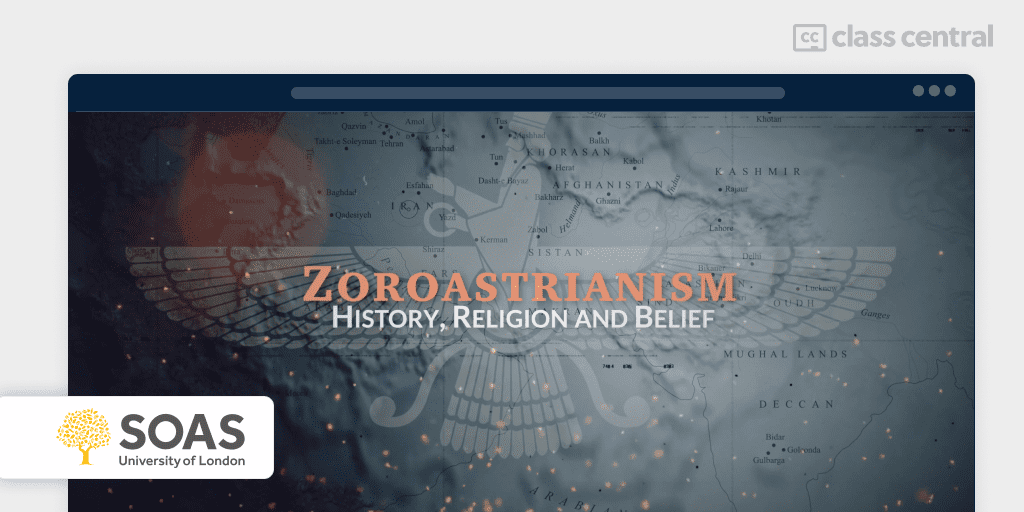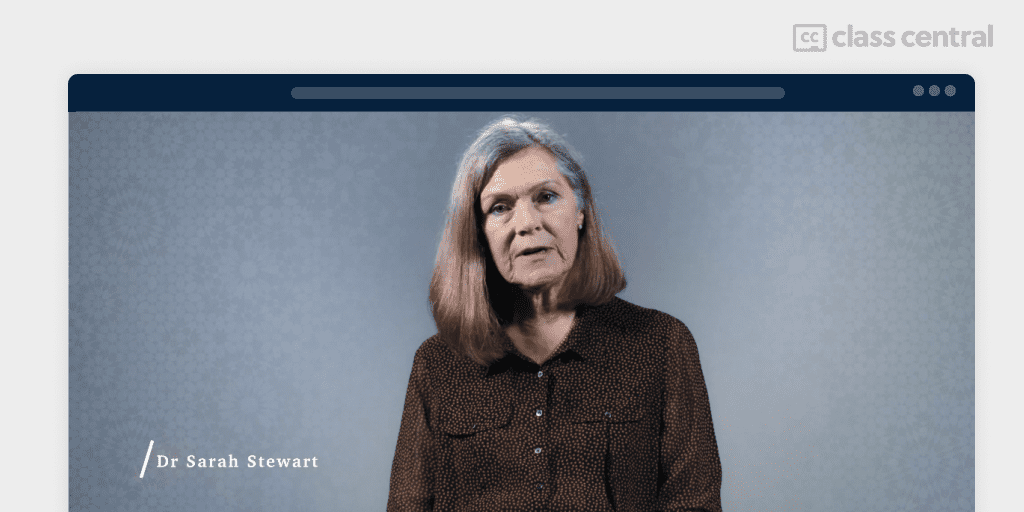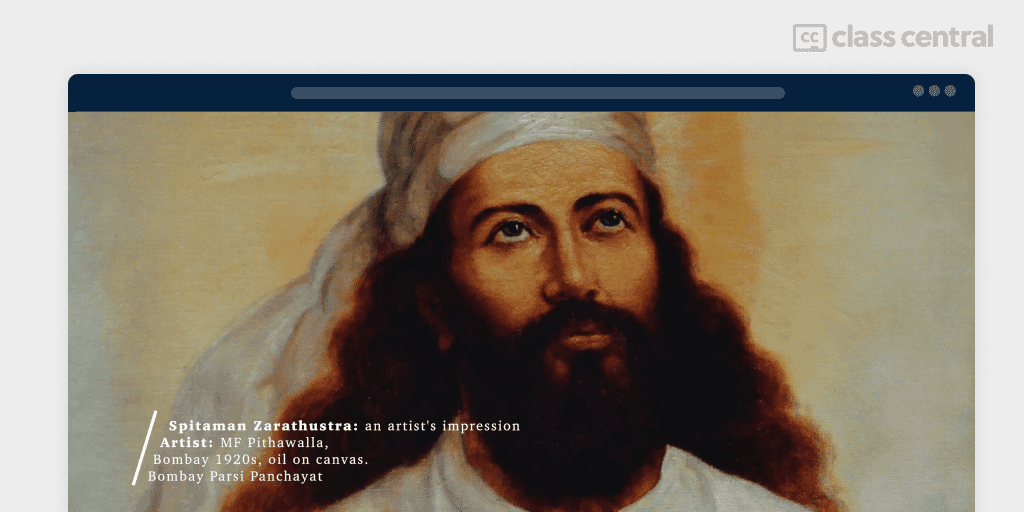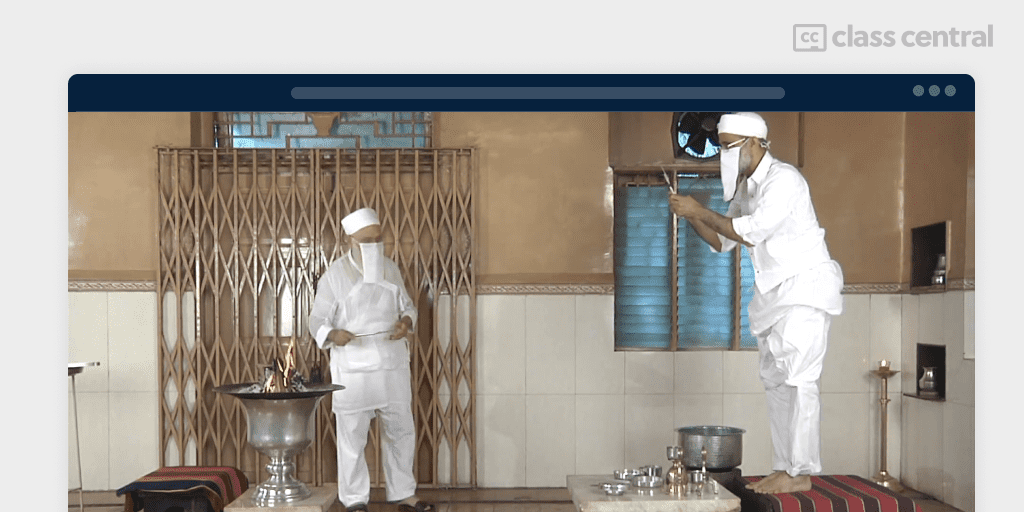Course Review: Zoroastrianism – History, Religion, and Belief
Learn about the ancient religion of Zoroastrianism and its languages with a lively community of students and contemporary Zoroastrians from around the world.

Course: Zoroastrianism: History, Religion, and Belief
Length: 4 weeks, 3 hrs/wk
School/platform: SOAS, University of London/FutureLearn
Instructor: Sarah Stewart, Celine Redard
Zoroastrianism has had a profound influence on major world religions. Its history tells the story of imperial culture, persecution, migration and the establishment of diasporic communities.
Utilising a rich visual repository of artifacts, paintings, and texts, this four-week course will take you through the story of Zoroastrian religion, history, and culture.
The course draws inspiration from an exhibition titled ‘The Everlasting Flame: Zoroastrianism in History and Imagination’, as well as the book of the same name.
Why I took the Zoroastrianism course
Every once in a while, I’ll run into a reference to Zoroastrianism in something I’m reading or in a MOOC or a video on philosophy, religion, or ancient history. Yet I know very little about it. Most of what I knew prior to this course came from A Global History of Architecture MOOC I took a few years ago, but that wasn’t much: fire, sky burial, Persia. So when Class Central tweeted this into my feed, I thought, “hmmm, that looks interesting”.

The MOOC is based on SOAC’s 2013 exhibit, and companion book of scholarly essays, titled The Everlasting Flame: Zoroastrianism in History and Imagination. The material, about half video and half article, is divided into four weeks: an overview of the texts and beliefs of the religion, its history in the ancient world, the diaspora and contemporary Zoroastrianism, and the Avestan language, the original language of the sacred texts.
What I learned with this MOOC
My biggest takeaway was how so many aspects of the religion were similar to Christianity; in fact, one section looked at the influence of Zoroastrianism on the three Abrahamic religions, as well as Buddhism and Hinduism. We have a fight between good and evil, with a fallen angel being cast out of heaven, and a final battle between good and evil at which point a descendent of Zarathustra (aka Zoroaster), the primary prophet, born of a virgin, will resurrect the dead to dwell in perfection as Ahura Mazda, the creator god, had originally planned. I have often heard that the three Wise Men, the Magi, were thought of as Zoroastrians from Persia. To complicate matters, there’s also the judging of souls after death by weighing of the heart, which sounds a lot like the process outlined in the manuscripts now known collectively as Egyptian Book of the Dead.

The history of the religion, as covered in the course, is somewhat fragmented. The original tenets, prayers, and worship features were transmitted orally for a few thousand years; they were eventually written down in one language, then translated to others as the followers were subsumed within other cultures due to migration or conquest. Thus, little of the original written material remains. After the Islamic conquest of Persia, Zoroastrianism moved to India, which I found surprising. I get the impression of a proto-religion, something like the Indo-European language that in itself no longer exists but can be retroactively surmised by combining aspects of the languages descended from it.
The final week was about the Avestan language of the original documents, though these are piecemeal and need to be combined with later transcriptions into other languages to provide a potential picture of the original religious practices and beliefs. Normally, this is something I’d jump all over, but I had a lot of distractions and I’d really lost the thread by then.

Some of the more unusual parts of the course include a reading of a particularly popular story of the test of faith, comments from contemporary Zoroastrians on their connection to what is a widespread but distinctly minority religion, and the language piece which includes practice in writing the alphabet and in reading a few words.
Conclusion
I’ll take most of the responsibility for my less-than-stellar focus in this MOOC, but for me the presentation wasn’t the most engaging. Others, if the forums are of any indication – and they usually are, were quite delighted, including a number of contemporary Zoroastrians from around the world, as well as many students with backgrounds in the general vicinity of interest. I’m glad it was offered, as I do know a bit more now than I did before. Maybe at a future time, I’ll be able to better absorb more of the material.
Republished from A Just Recompense (December 1st, 2021)





